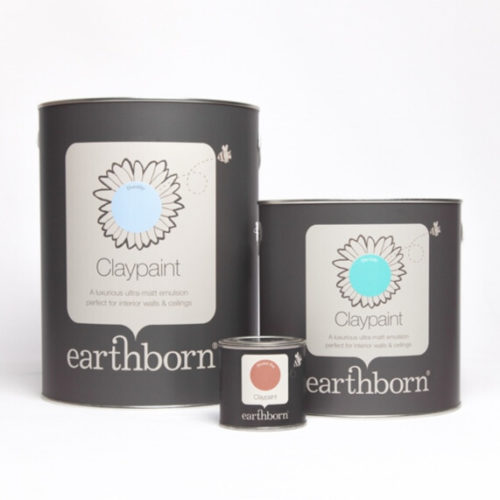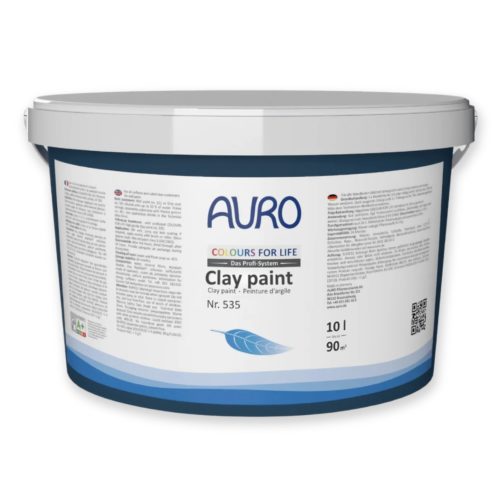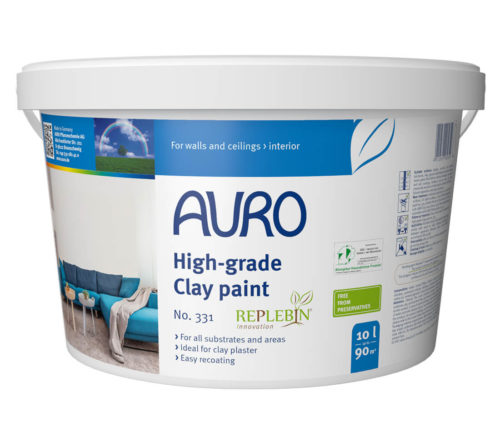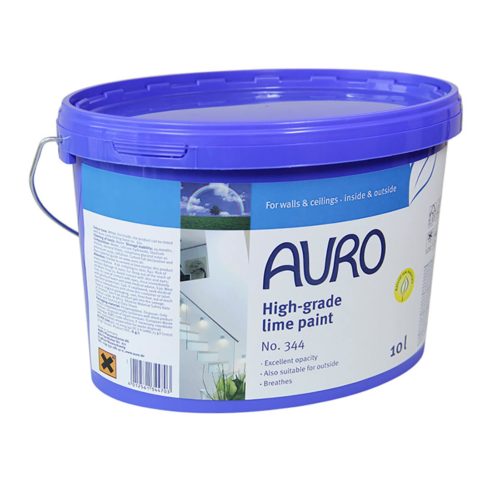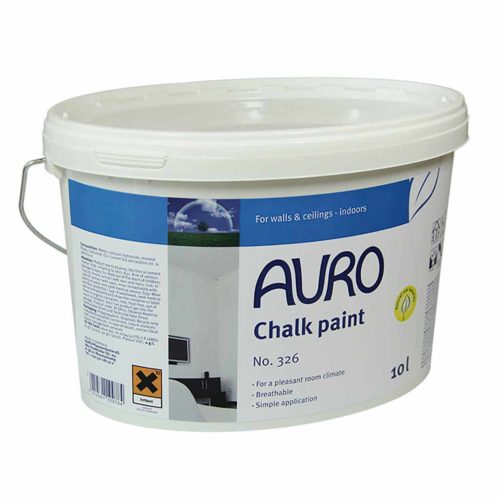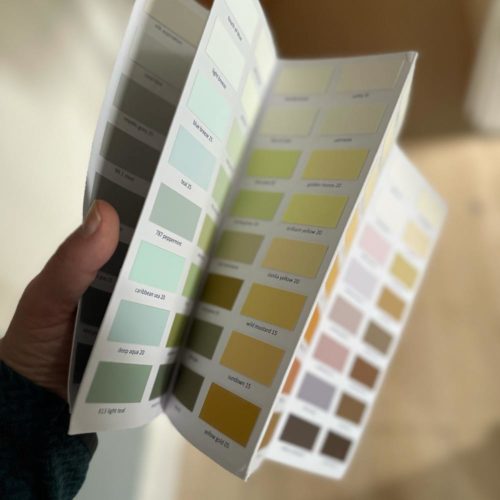Cob walls and clay plasters need the right type of paint to prevent damp and wall damage. These traditional building materials need natural breathable paints formulated to allow moisture to pass through.
Modern plastic based emulsions and acrylic paints suppress breathability and will damage cob and clay finishes.

What Are Cob Walls and Clay Plasters?
Cob and clay plasters are traditional building materials that have stood the test of time, especially in heritage properties and modern eco-builds. They offer unique aesthetic and performance benefits, but they need to be treated with care.
Cob walls are made from a blend of subsoil, fibrous material (such as straw), and water. The mix may be modified with sand, clay, or lime depending on the composition of the subsoil. This type of wall construction is thick, and an excellent insulator with moisture regulating properties.
Cob is a strong and durable structural material, known to be able to withstand earthquakes. It can't withstand damp, however. Which means choosing an appropriate breathable paint is vital to preserve structural integrity. Cob walls can be found internally and externally.
Clay plasters are natural internal wall finishes made from fine clay and sand, sometimes mixed with fibres. They're typically used indoors, over cob, straw bale or hempcrete construction. Because clay plaster is water soluble, it is not suitable for exterior use unless fully protected. Like cob, it has natural moisture regulation properties – absorbing excess moisture from the air and releasing it as the air dries. It must be finished with compatible breathable paints to perform well.
Why Breathability Matters When Painting Cob or Clay
Cob and clay walls absorb and release moisture constantly. If they're coated with non-breathable paint, moisture gets trapped which can cause mould growth, peeling paint, crumbling plaster, and even structural damage over time.
To prevent this, you need true breathable paint with a low Sd value (a measure of vapour resistance). Anything with an Sd value of 0.5m or lower is considered breathable. Choosing a breathable paint ensures that walls can dry out naturally, which is essential for maintaining the integrity of cob and clay.
When researching your paint, consult the technical data sheets for the product you are considering to make sure it's appropriately breathable.
Best Types of Paint for Cob Walls and Clay Plaster
Clay Paint
Clay paint is a highly compatible option for clay plaster and works well on cob too, provided the surface is dry and stable. It's free from plastic binders, extremely breathable, and gives a beautifully soft, matt finish.
These paints typically have an Sd value below 0.05m, making them ideal for breathable wall systems constructed with cob or clay materials.
Lime Paint
Lime paint is another excellent option, particularly on cob where surface alkalinity and natural mould resistance are beneficial. It bonds well to porous mineral surfaces and offers a heritage-style finish that suits traditional buildings.
Try Auro 344, our most popular lime based paint. It's breathable, alkaline and antimicrobial – ideal for interior and exterior walls where moisture control is key.
Silicate Paint
Silicate paints are mineral-based and very durable, making them suitable for harder clay plasters or external cob walls. They require a mineral surface or primer to bond correctly.
Recommended products include Auro 303 which also has natural anti mould properties.
Paints to Avoid on Cob or Clay Walls
Avoid paints that seal the wall surface or contain synthetic binders. This includes:
- Vinyl and acrylic emulsions.
- Damp seal or mould resistant paints with plastic films.
- High-Sd paints (Sd > 0.5m).
- Washable" or "scrubbable" paints unless explicitly listed as breathable.
Modern synthetic paints can trap damp and lead to rapid paint failure or damage to the wall beneath.
Preparing Cob and Clay Walls for Painting
Good preparation is vital. Make sure walls are fully dry, clean, and stable before you paint. Remove dust with a soft brush and avoid sanding, which can damage delicate clay surfaces. Any patch repairs should be made using compatible lime or clay fillers.
If you're unsure about how absorbent the wall is, test a small patch first. Some surfaces may benefit from a breathable primer or diluted mist coat to even out suction before applying the full paint system.
Natural Paints That Support Healthy Walls
Painting cob and clay walls must be undertaken using only the right paint. Choose natural options like clay, lime or silicate paint to protect the breathability of your walls, reduce the risk of damp issues, and create a beautiful, natural finish.
Check out our free colour charts. If you need specific advice about the best types of paint to use on your cob or clay walls, please contact us. One of our highly experienced team members will be delighted to assist you source the best product for your interior and exterior walls.


